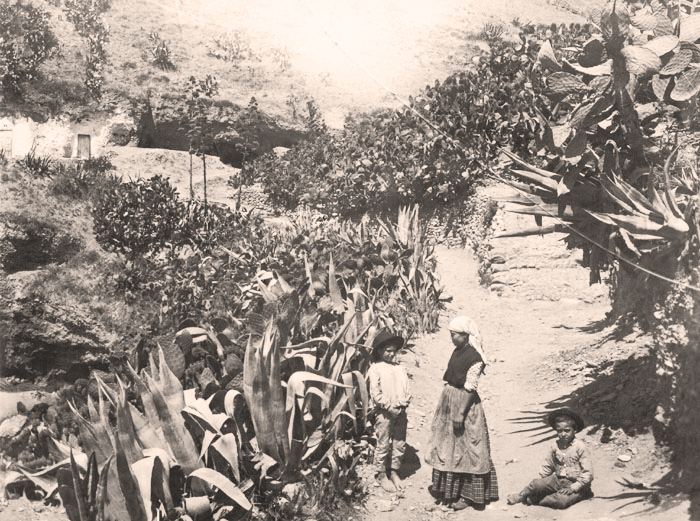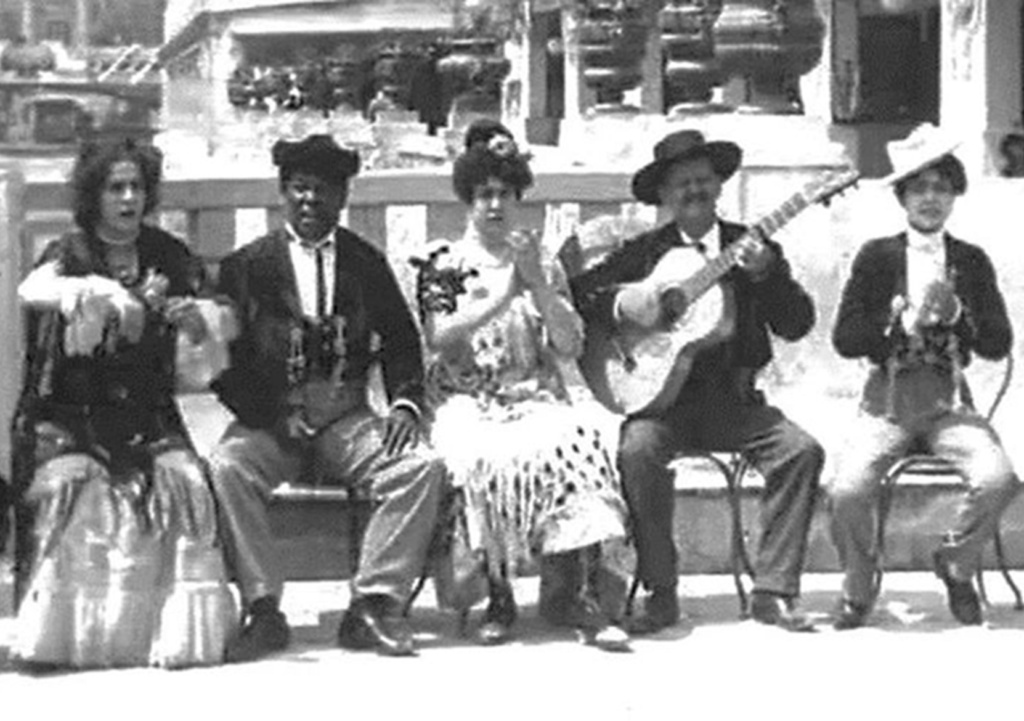
La leyenda del Barranco de los Negros
The legend of Barranco de los Negros

Dice la leyenda que tras la conquista de Granada por los Reyes Católicos fueron muchos los nobles musulmanes granaínos que emprendieron el camino del exilio hacia tierras africanas. Llevaban en su corazón a la ciudad de sus padres y de sus abuelos, la que los vio nacer a ellos y a sus hijos, la ciudad a la que algún día esperaban volver.
Temerosos éstos de que en el trayecto hacia los puertos del Sur donde se embarcaban, les robaran sus fortunas los salteadores de caminos escondieron grandes tesoros entre los olivos que un día poblaron este monte.
A legend has it that after the conquest of Granada by the Catholic Monarchs many well-to-do Muslims in Granada departed towards African lands seeking a safe haven. They carried in their hearts memories of the city of their fathers and their grandfathers, where they and their children had been born, the city to which one day they hoped they would return.
Fearful of being robbed of their fortunes by highwaymen on their journey towards the southern ports from where they would set sail for Africa, they decided to bury their treasures beneath the olive groves that in those times covered this hillside.

Acontecieron paralelamente a estos hechos, otros, en los que se les dio libertad a muchos esclavos de estas familias de nobles, pues les resultaba muy costoso realizar su peregrinaje con un gran séquito. Muchos de estos esclavos, que eran de raza negra, conocedores de las idas y venidas de sus señores al monte de Valparaíso (que así se llamaba entonces), de los miedos y pensamientos de éstos, escuchados en más de una conversación entre ellos, organizaban sus estratagemas. Recuperada su libertad y sin oficio ni pertenencias, decidieron subir al monte y recuperar para sí los tesoros de los que antaño fueran sus señores.
Excavaron y excavaron en las laderas de este barranco sin éxito conocido, y extenuados por el esfuerzo y sin lugar donde cobijarse lo hicieron en estos huecos, que posteriormente acondicionaron dando lugar a las cuevas que hoy vemos y que convirtieron en sus hogares. Posteriormente, y ya mezclados con los moradores de raza gitana realizaron más de un sortilegio intentando conseguir algunas pistas con las que hallar los tesoros perdidos, de los que hoy no sabemos si fueron descubiertos o si estos tesoros siguen escondidos aquí, en cualquier lugar, muy cercano a nosotros…
Parallel to these events, many of the slaves of these noble families were set free, due to the prohibitive costs of taking a large retinue on these journeys into exile. Many of these slaves, who were originally from Black Africa, had become aware of the comings and goings of their masters to the hillside of Valparaíso (as the Sacromonte was then known) and, having overheard conversations in which their masters aired their thoughts and fears, the slaves hatched a plan. Once freed – but without any livelihood or belongings – they decided they would return to the hillside in search of the treasures left behind by their former
masters.
They dug and dug in the sides of the gullies but, as far as we know, to no avail and, exhausted by their efforts and having no place to call home, they settled down in these hollows which they then turned into the cave houses that we see today. Later on, and now intermingled with the Gypsy settlers, they tried through spells to divine the locations of the lost treasures, but today we know neither whether any were found nor whether they might still lie here, hidden, who knows, somewhere close to where we stand…

